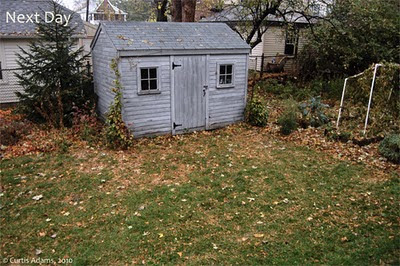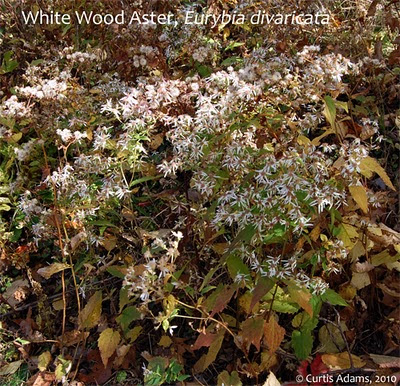 |
| View of the Farmhouse across the Lawn Garden at Tower Hill |
 |
| Beautyberry with Paper Birch and Winterberry Holly |
This scene was really lit up by the afternoon sun, with the native Paper Birch and Winterberry Holly, Ilex verticillata, in the background and Purple Beautyberry, Callicarpa dichotomata, up front. The bright red berries of the Ilex are very popular with the birds, especially later in the season, while the non-native beautyberry is less favored, providing more visual interest than wildlife value.
 |
| Winter Garden at Tower HIll |
The new Winter Garden was designed to hold as much interest when viewed from the inside of the building as it is close up outside. This row of Bloodtwig Dogwoods, Cornus sanguinea 'Midwinter Fire', really shows well as the leaves are lost and will not interfere with longer views across the garden, even as they grow taller. This garden features a lot of low growing and other 'specialty' conifers.
 |
| Leucothoe fontanesiana 'Scarletta' |
One of the native plants used here is a low growing cultivar of Fetterbush, Leucothoe fontanesiana 'Scarletta'. When protected from winter winds this plant is expected to grow 18-24" tall and have the scarlet tinged foliage in spring and fall. I find this a much more appealing plant than the 'Girard's Rainbow' cultivar, that is common in the trade.
So far my visits to Tower Hill have been limited to the Urban Tree Symposia in the fall, but I will need to make the 45 min drive from Boston in spring or summer so that I can appreciate more of what this garden has to offer. Tower Hill Botanic Garden is currently open Mon-Tue,Thu-Sun 10am-5pm and Wed 10am-8pm.

















